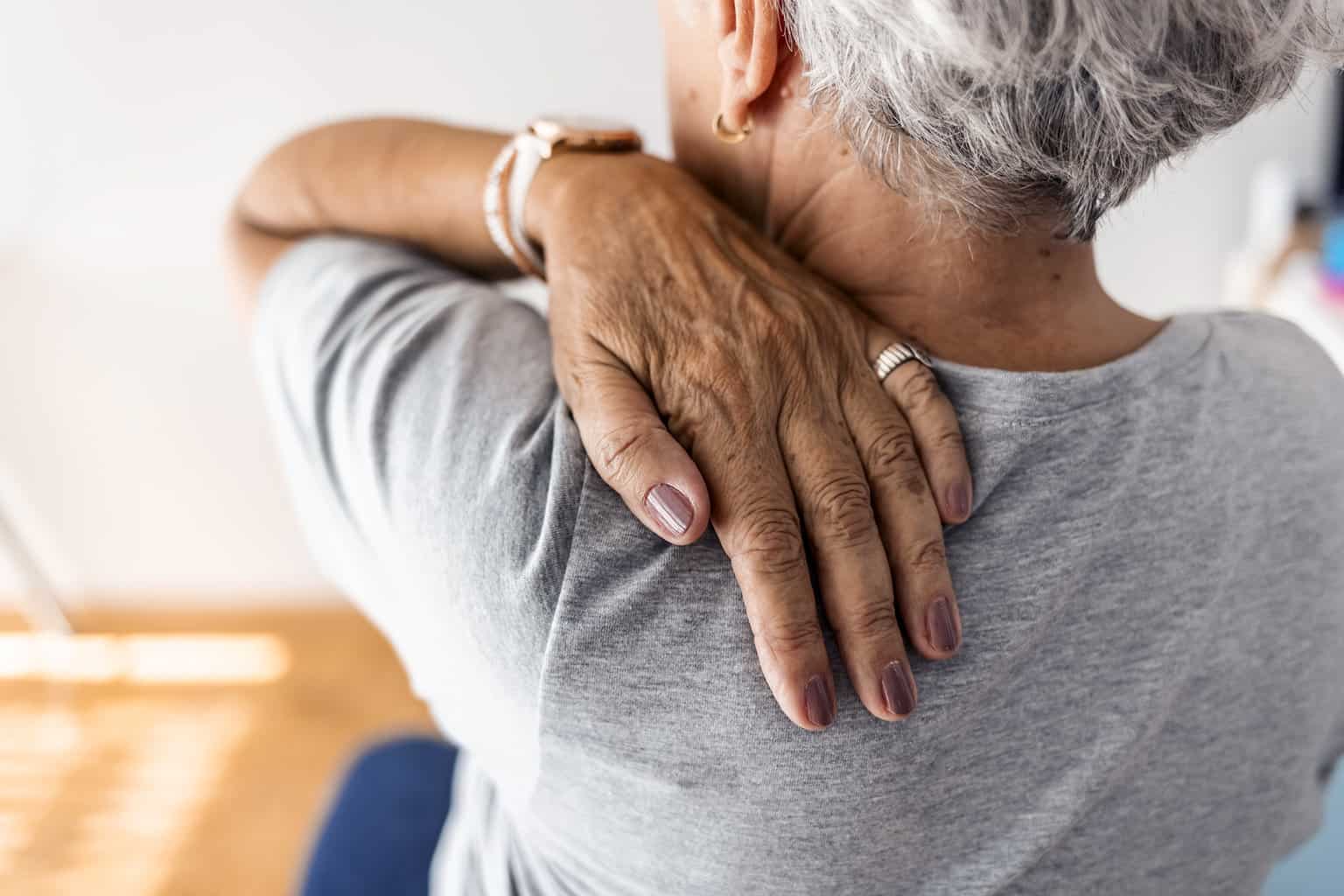
Osteoporosis Clinic
The Osteoporosis Clinic specializes in the management of disorders of calcium and bone metabolisms, including hypercalcemia, osteoporosis, and Paget's disease. The clinic also performs bone densitometry with an iDXA bone densitometry scanner, the newest available technology for measuring bone density.
Osteoporosis Clinic
900 South 8th Street
Minneapolis, MN 55415
Blue Building, Level 1
Minneapolis MN 55415
Clinic hours:
8 am - 4:30 pm Monday - Friday
Appointments:
Osteoporosis
Osteoporosis, or porous bone, is a disease characterized by low bone mass and deterioration of bone tissue, leading to bone fragility and an increased susceptibility to fractures, especially of the hip, spine and wrist, although any bone can be affected.
People cannot feel their bones getting weaker. They may not know that they have osteoporosis until they break a bone. A person with osteoporosis can fracture a bone from a minor fall, or in serious cases, from a simple action such as a sneeze or even spontaneously.
Vertebral (spinal) fractures may initially be felt or seen in the form of severe back pain, loss of height, or spinal deformities such as kyphosis or stooped posture. In many cases, a vertebral facture can even occur with no pain.
Preventing Osteoporosis
The National Osteoporosis Foundation recommends the following five steps for optimizing bone health and helping prevent osteoporosis:
- Get the recommended amounts of calcium and vitamin D
- Engage in regular weight-bearing and muscle-strengthening exercise
- Avoid smoking and excessive alcohol
- Talk to your healthcare provider about bone health
- Have a bone density test and take medications
Who is affected by Osteoporosis?
- Eighty percent of those affected by osteoporosis are women and 20 percent of those affected are men.
- Significant risk has been reported in people of all ethnic backgrounds.
- Osteoporosis is underrecognized and undertreated not only in Caucasian wome but in African-American women as well.
Fast Facts
- In the U.S. today, 10 million individuals are estimated to already have the disease and almost 34 million more are estimated to have low bone mass, placing them at increased risk for osteoporosis.
- Osteoporosis is a major public health threat for an estimated 44 million Americans, or 55 percent of the people 50 years of age and older.
- While osteoporosis is often thought of as an older person’s disease, it can strike at any age.
Risk Factors for Osteoporosis
Certain people are more likely to develop osteoporosis than others. Risk factors include:
- Being female
- Older age
- Family history of osteoporosis or broken bones
- Being small and thin
- History of broken bones
- Low sex hormones
- Low estrogen levels in women, including menopause
- Missing periods (amenorrhea)
- Low levels of testosterone and estrogen in men
- Diet - Low calcium intake, low vitamin D intake, excessive intake of protein, sodium and caffeine
- Inactive lifestyle
- Smoking and excessive alcohol intake
- Certain medications such as steroid medications, some anticonvulsants and others
- Certain diseases and conditions such as anorexia nervosa, rheumatoid arthritis, gastrointestinal diseases and others
Diagnosing Osteoporosis
Bone density tests can measure bone density in various sites of the body. Experts recommend a type of BMD test using a central dual energy x-ray absorptiometry or DXA. A bone density test performed by a central DXA can:
- Determine if a person has low bone density before a fracture occurs
- Determine if a person’s bones are losing bone density or staying the same when the test is repeated annually
- Predict the chances that a person will have a fracture in the future
- Help you and your patient decide if treatment is needed
People taking an osteoporosis medication should repeat their BMD test by central DXA every two years, according to the National Osteoporosis Foundation (NOF). Some health care providers may have certain patients repeat their BMD test after one year. Medicare reimburses for BMD testing every two years.

